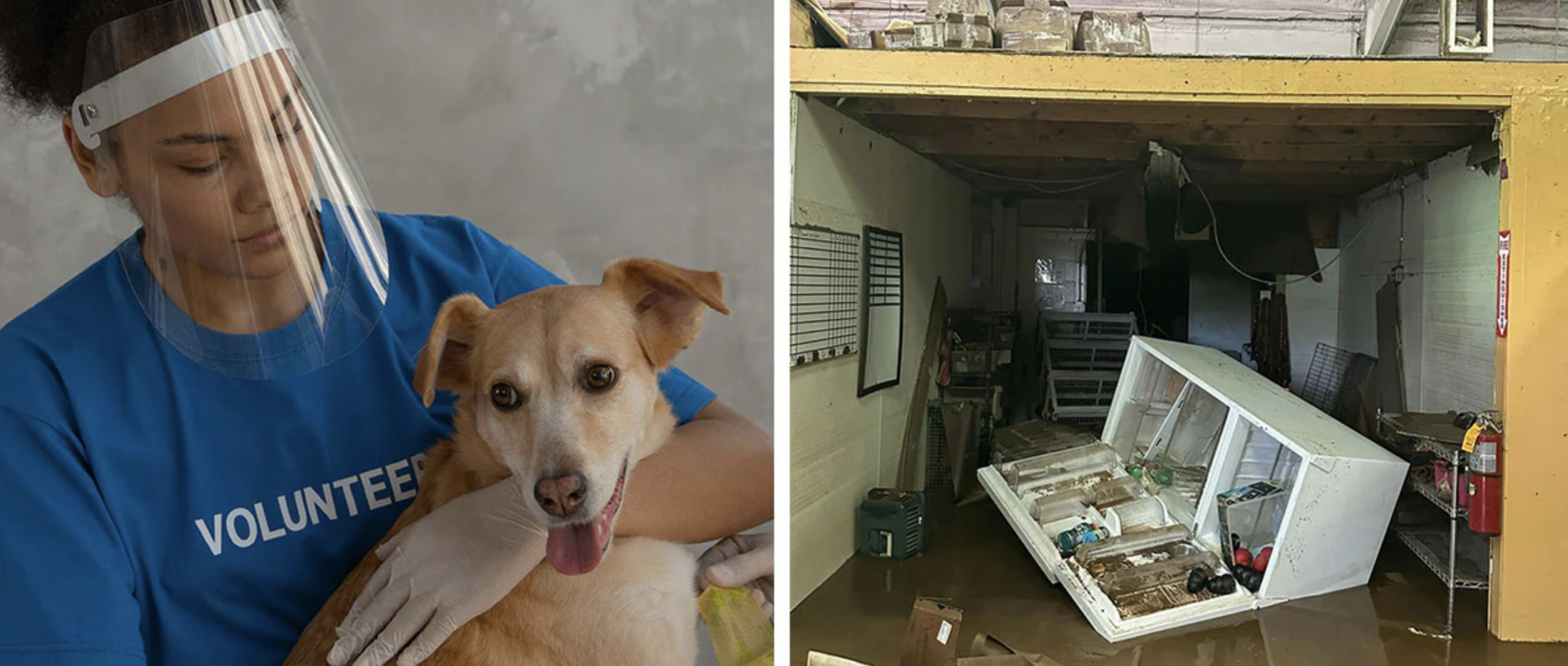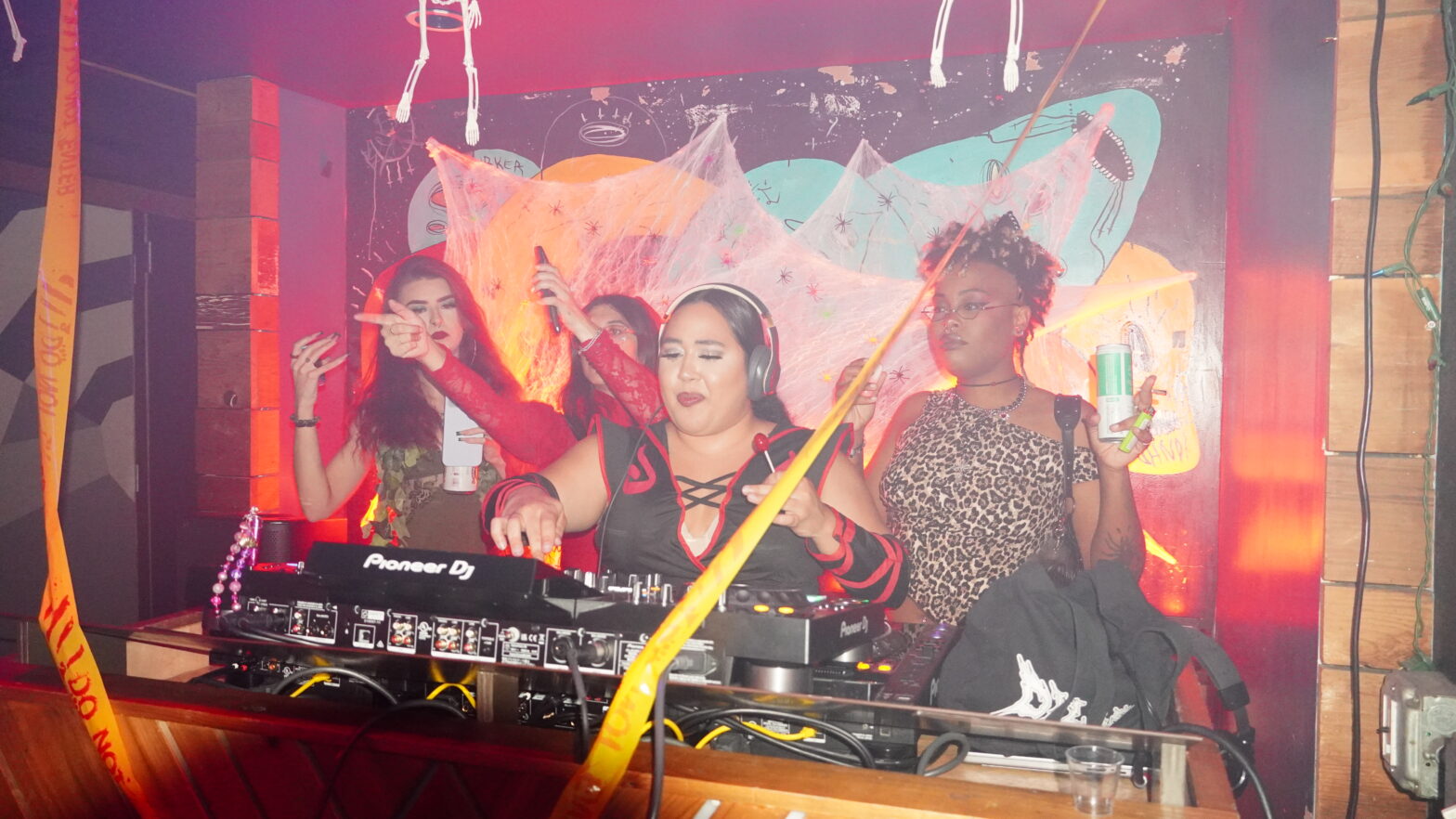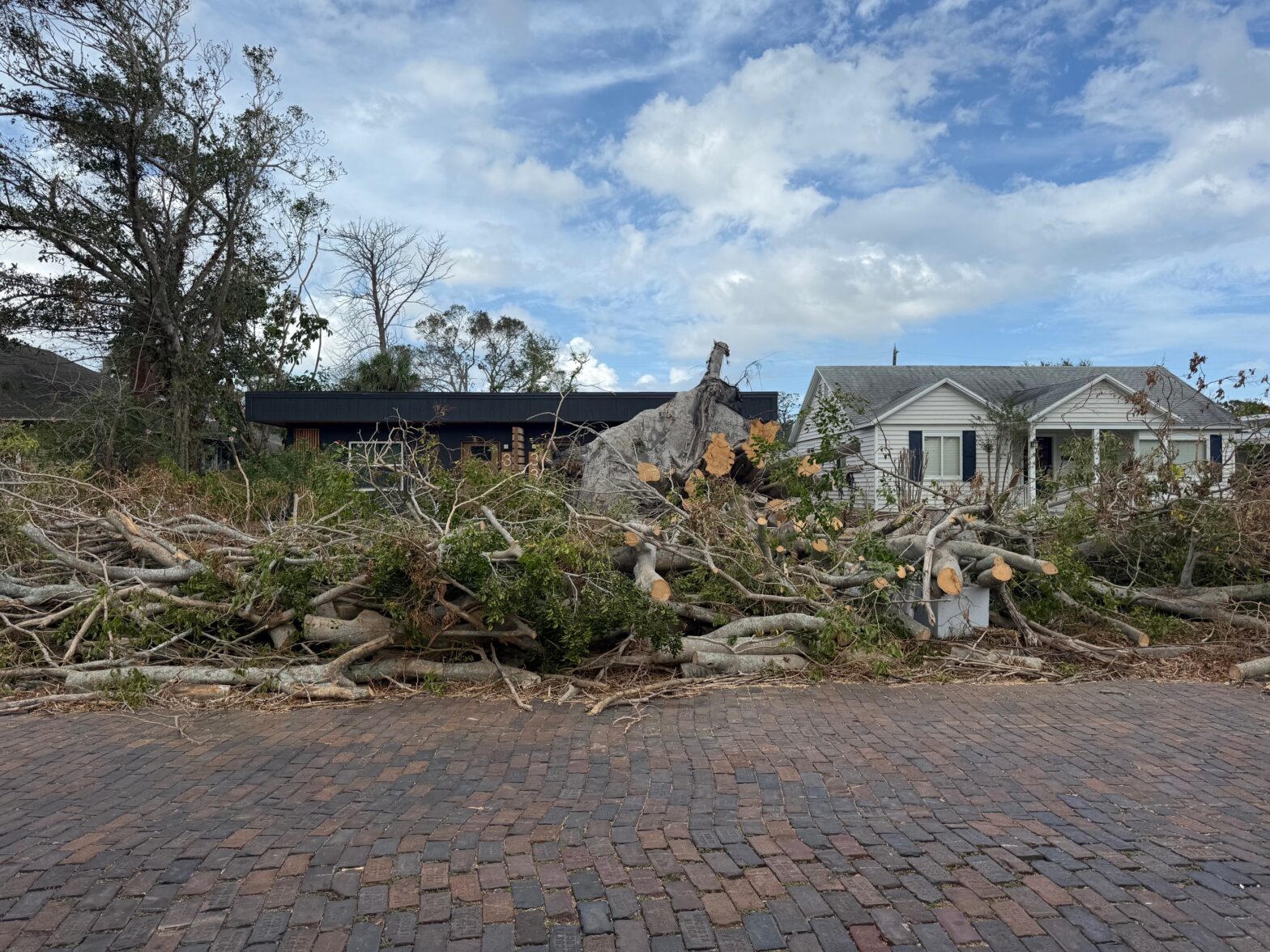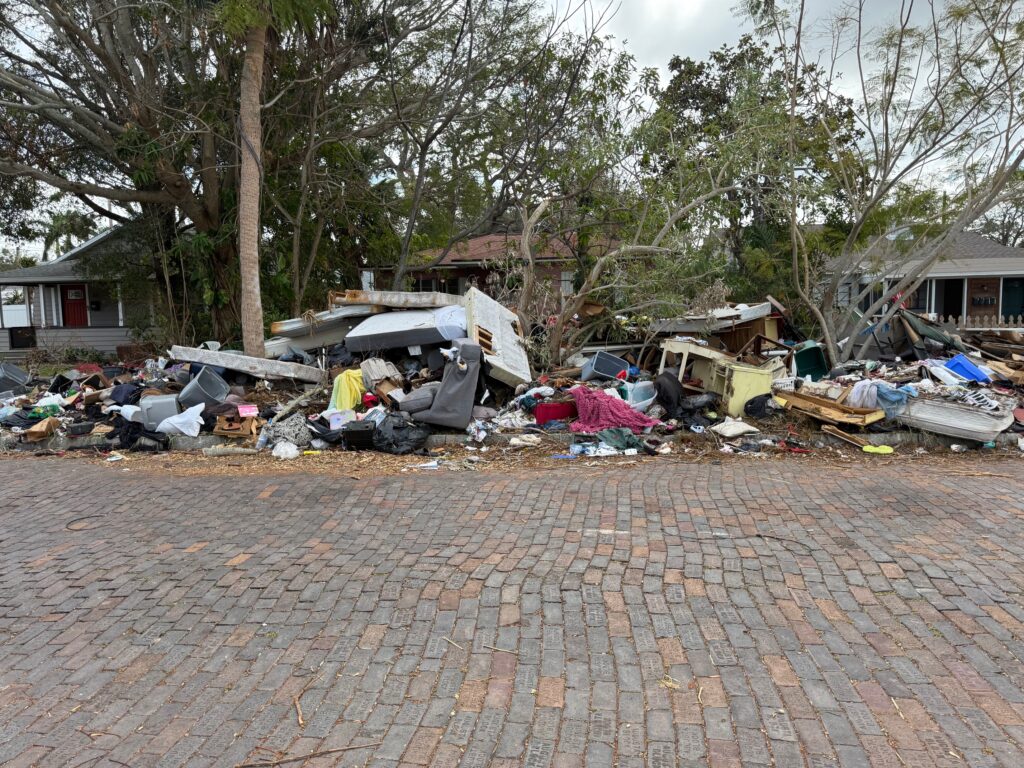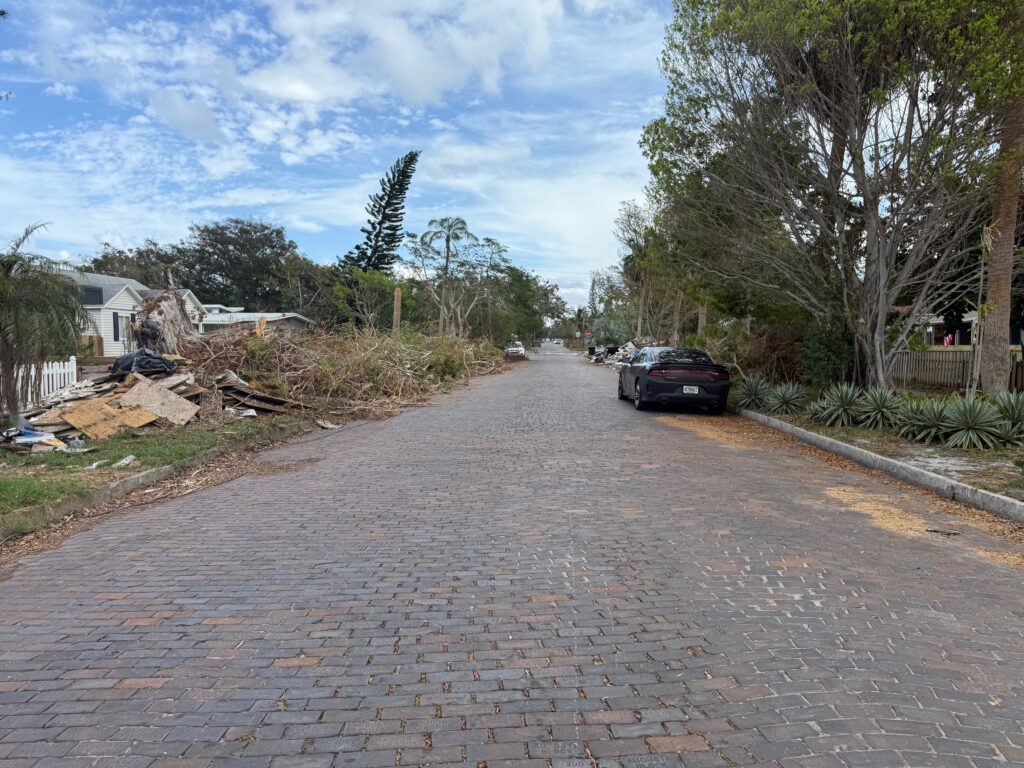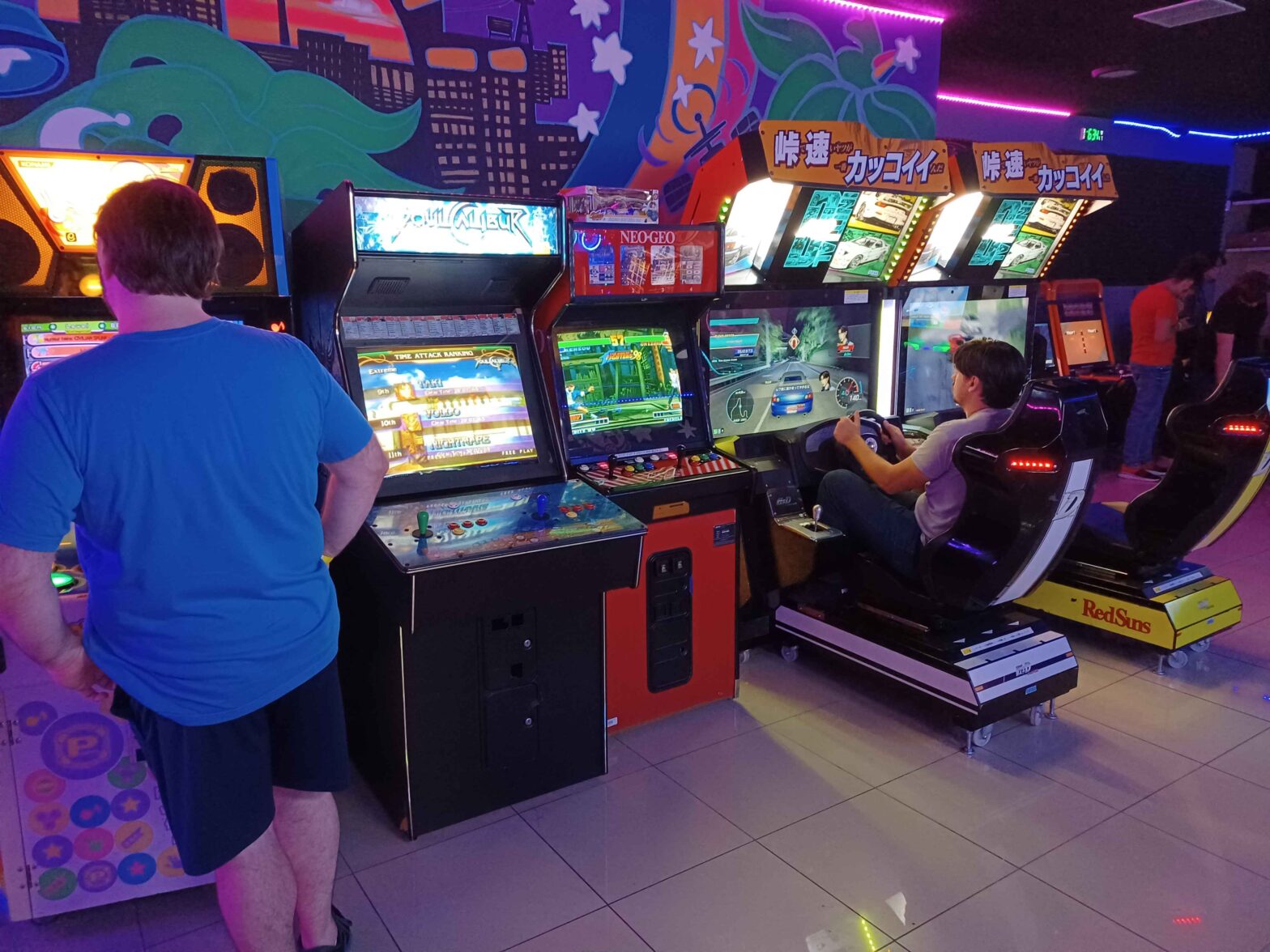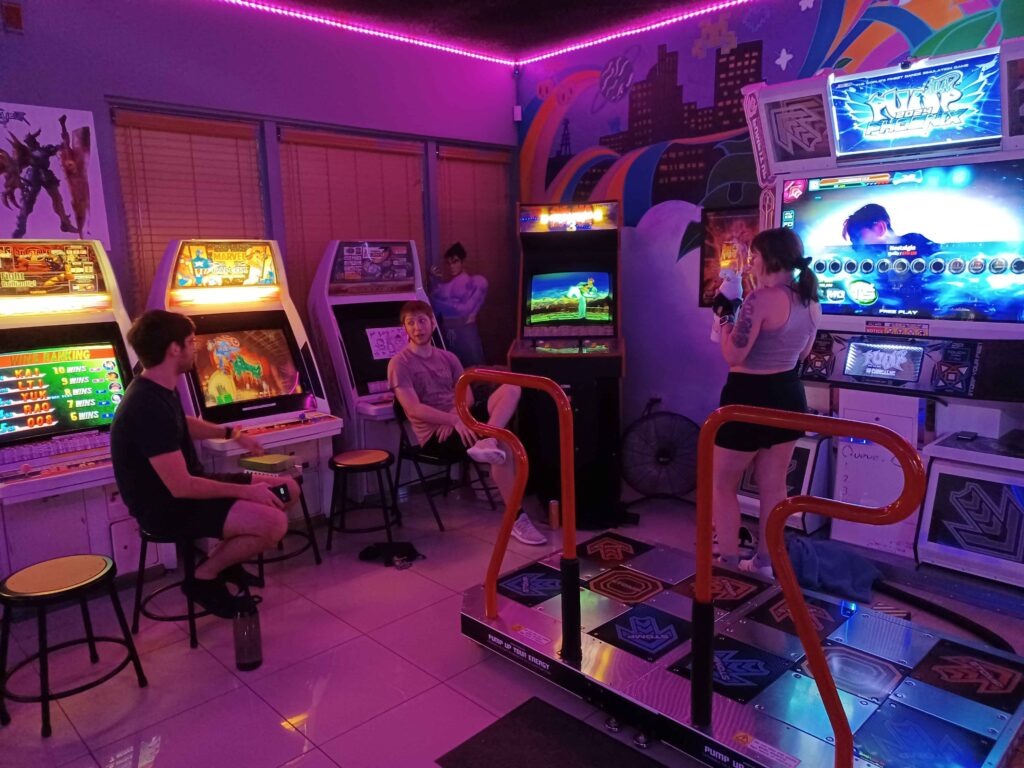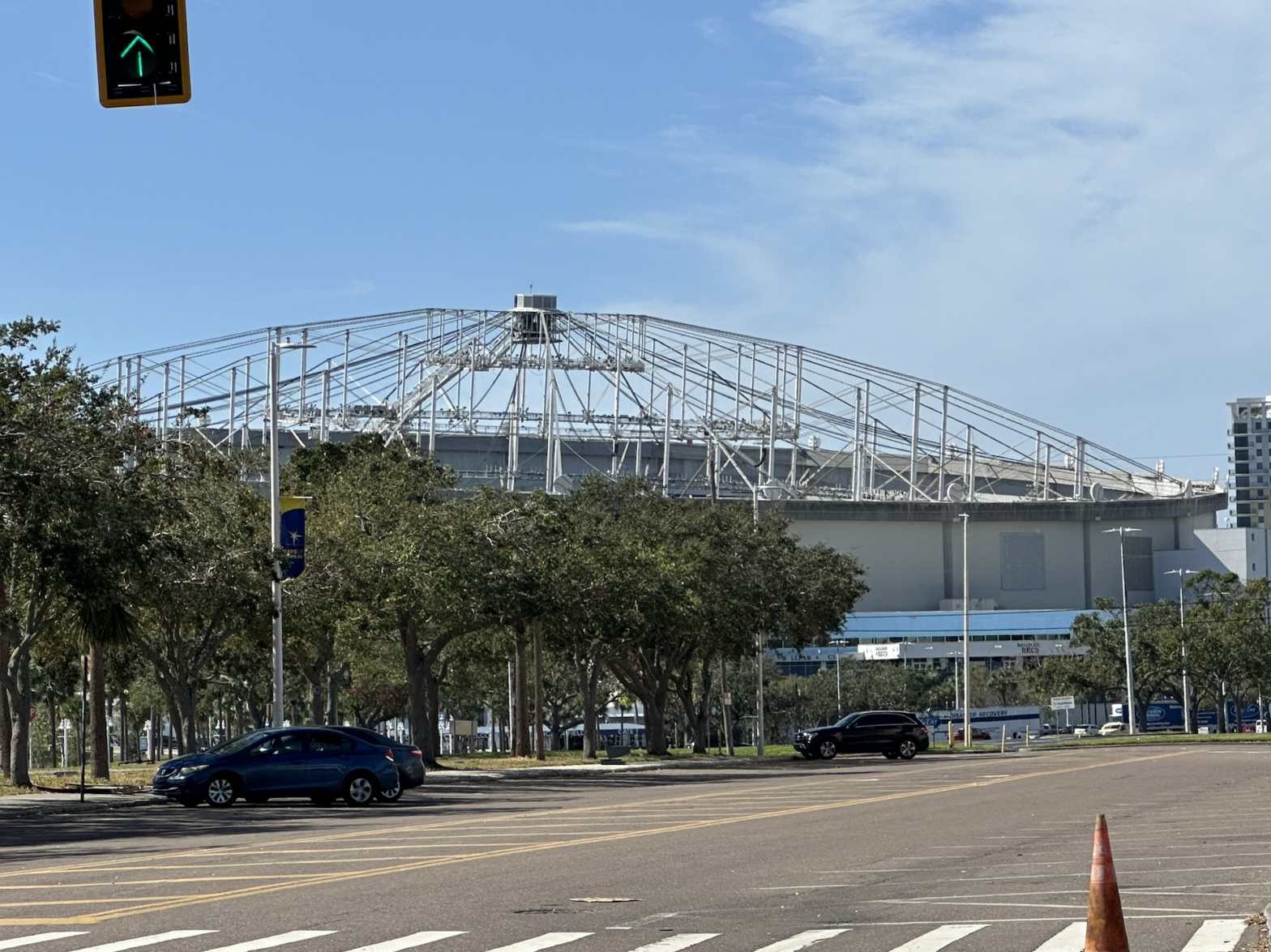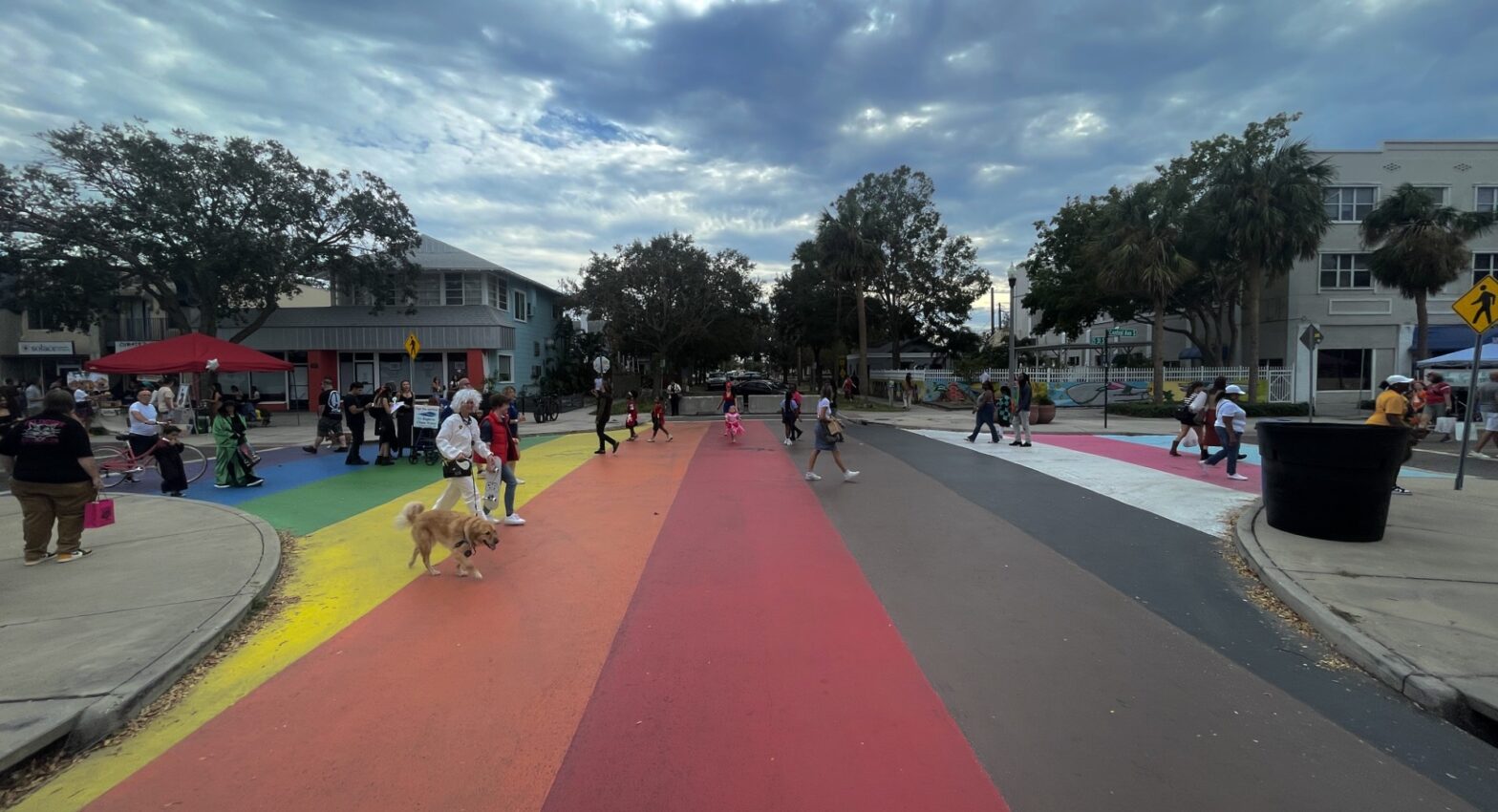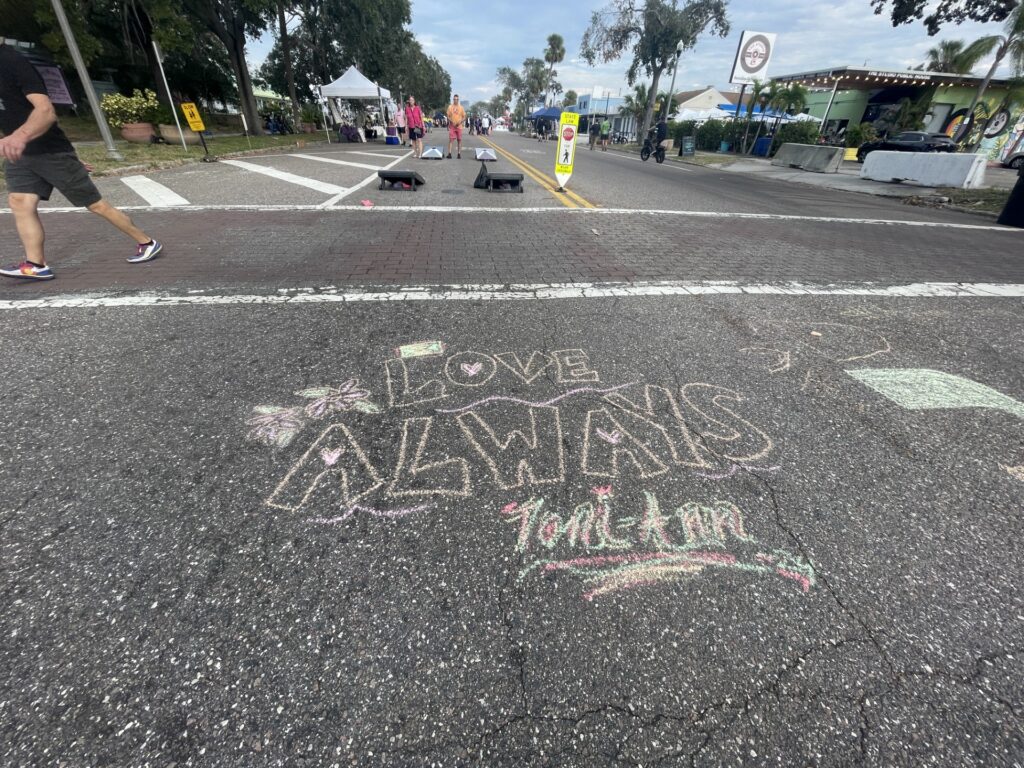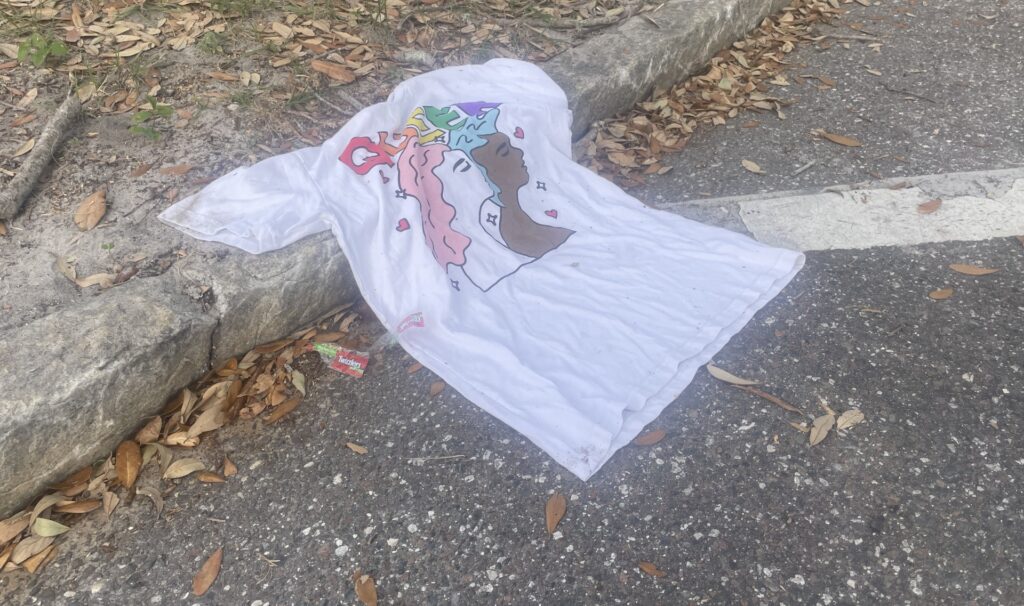By Cassia Machado
As Hurricane Helene and Milton charged across Florida, animal shelters became makeshift sanctuaries, filled with anxious pets and restless barks. Volunteers were called to urgently work cataloging each animal and securing safe spaces as cities grappled with back to back hurricanes.
With each adoption and foster placement, the shelter’s noise levels grew until the storms passed. Not a single bark or meow remained. Every animal found a temporary home, bringing companionship and comfort to those processing the storm’s aftermath.
“During times of crisis, people seek out comfort and security and pets fulfill that need in such a meaningful way,” said Jennifer Applebaum, a researcher at the University of Florida who specializes in the human-animal bond.
Applebaum spent years studying how pets provide psychological support to their owners, particularly in high-stress situations.
“Pets offer unconditional love and a calming presence, which can be an anchor for people when everything else feels uncertain,” Applebaum said.
Her findings highlight the growing significance of pets as emotional comfort, providing stability and helping owners cope during traumatic events.
The connection between pets and their owners is no secret. According to a study by the American Psychiatric Association, nearly 69% of pet owners reported that their animals helped reduce stress and anxiety, while 66% said their pets provide a calming presence, especially during tough times.
The research showed that cat owners are more likely than dog owners to say that their pets ease anxiety, making them ideal companions during storms and other stressful events.
In times of need, simply knowing a furry companion is nearby can bring its owner great relief. For Olivia Gignac, a Pinellas County resident, her cat, Lola, became a lifeline when Hurricane Milton struck.
Gignac was forced to evacuate her home for the second time after Hurricane Helene, but having Lola with her helped her cope with the stress, she said.
“Lola kept me grounded through it all,” Gignac said, “Feeding her, making sure she felt safe, it gave me something else important to focus on.”
She explained how caring for Lola provided a sense of routine and purpose, distracting her from the chaos that surrounded them.
The meaningful connection between them provided strength for the two and helped with the anxiety of forced isolation, she said. Her story is one of many others that show how pets serve their owners during natural disasters, providing stability when other forms of support are not accessible.
Kimberly Chandler, founder of FLUFF Animal Rescue in Pinellas County, witnessed firsthand the increase in adoptions and fostering around times of disaster.
Chandler noted that many families initially took in animals as fosters to help free up shelter space, only to realize they could not imagine life without them.
“It warmed my heart to see so many fosters find their forever homes because the bonds that were formed were so deep,” Chandler said, referring to those who chose to give their fostered pets a permanent home after the hurricanes.
Applebaum’s research supports these claims, showing adoption rates spike during the aftermath of a natural disaster.
Shelters across Florida, including Palm Beach County Animal Care and Control, reported having nearly empty shelters after hurricanes Helene and Milton. This leap in adoptions demonstrates the emotional support individuals received when fostering pets during a crisis.
For rescue organizations like FLUFF, the hurricanes reinforced the importance of coming together as a community. Chandler explained how local volunteers and workers played a vital role in helping these animals find homes. She recalled residents lining up to not only take animals, but also provide supplies needed.
“It was a reminder of the power of community and how people will come together when it matters the most,” Chandler said.
